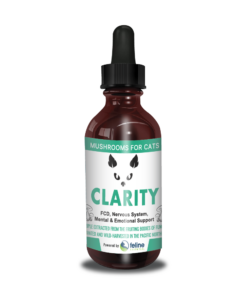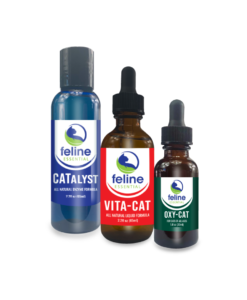Did you know that cats are the most toxic pets on the planet? According to recent studies testing the toxicity levels of dogs, cats, and humans, cats were found to have 23 times higher the amount of household toxins in their bloodstream than humans, and over twice as much as dogs. This shocking statistic raises concerns about our feline friends’ health and the environment they live in. But why is this the case?
Why Are Cats The Most Toxic Pets?
The main reason cats have such high levels of toxins in their bodies is due to their indoor lifestyles. Unlike dogs, which often get to enjoy the fresh air and outdoor play, cats are primarily indoor pets. This limited exposure to fresh air means they are constantly inhaling and absorbing household chemicals. Their small bodies and efficient grooming habits further exacerbate the problem. Cats frequently lick their fur, inadvertently ingesting dust and pollutants that settle on their coats.
Moreover, cats’ livers are not as efficient as those of other animals in detoxifying harmful substances. This means that the chemicals they ingest, such as cleaners, detergents, fragrances, and other household products, accumulate in their bloodstream, leading to high levels of toxicity.
The Evidence
A recent study by Cristina Hegedus and colleagues from the University of Agricultural Sciences and Veterinary Medicine Cluj-Napoca highlights the extent of this issue. The study found that cats have alarmingly high levels of various pollutants in their blood, serving as “early warning signals” of dangerous environmental pollution. Not only do these pollutants affect cats, but they also mirror the exposure humans face, given our shared living environments.
Specifically, the study revealed that cats have 23 times higher levels of flame retardants, substances commonly used in household products, compared to humans. This high concentration indicates the significant amount of toxic exposure our pets endure daily.
Health Implications
The accumulation of these toxins in cats’ bodies can lead to various health problems, including:
- Cancer: Several types of cancers, such as bladder, mammary gland, and lymphoma, are linked to environmental pollutants.
- Hyperthyroidism: Exposure to certain chemicals can disrupt thyroid function.
- Kidney Disease: Overworking the kidneys from toxic exposure has shown to increase risk of CKD in cats.
- Respiratory Issues: Pollutants can cause structural changes in the lungs, and are the leading triggers for both asthma and allergies in cats.
How to Reduce Toxicity in Cats
To help reduce the levels of toxins in your cat’s environment, check out these easy tips:
- Use Natural Cleaning Products: Switch to non-toxic, eco-friendly cleaning products to minimize chemical exposure.
- Improve Indoor Air Quality: Invest in an air purification system to reduce airborne pollutants.
- Regular Cleaning & Covering: Vacuum and dust your home frequently to remove dust and toxins from surfaces, and place clean blankets over furniture that is treated with flame retardants.
- Ventilation: Ensure good ventilation by opening windows and using exhaust fans to circulate fresh air.
- Dietary Supplements: Adding supplements like milk thistle and dandelion root to your cat’s diet can support liver function and help detoxify their system.
By understanding the pollutants that our cats are exposed to and taking proactive steps to reduce their presence, we can create a safer and healthier environment for our kitties. Let’s try to make our homes as non-toxic as possible for both us and our cats.




Recent Comments